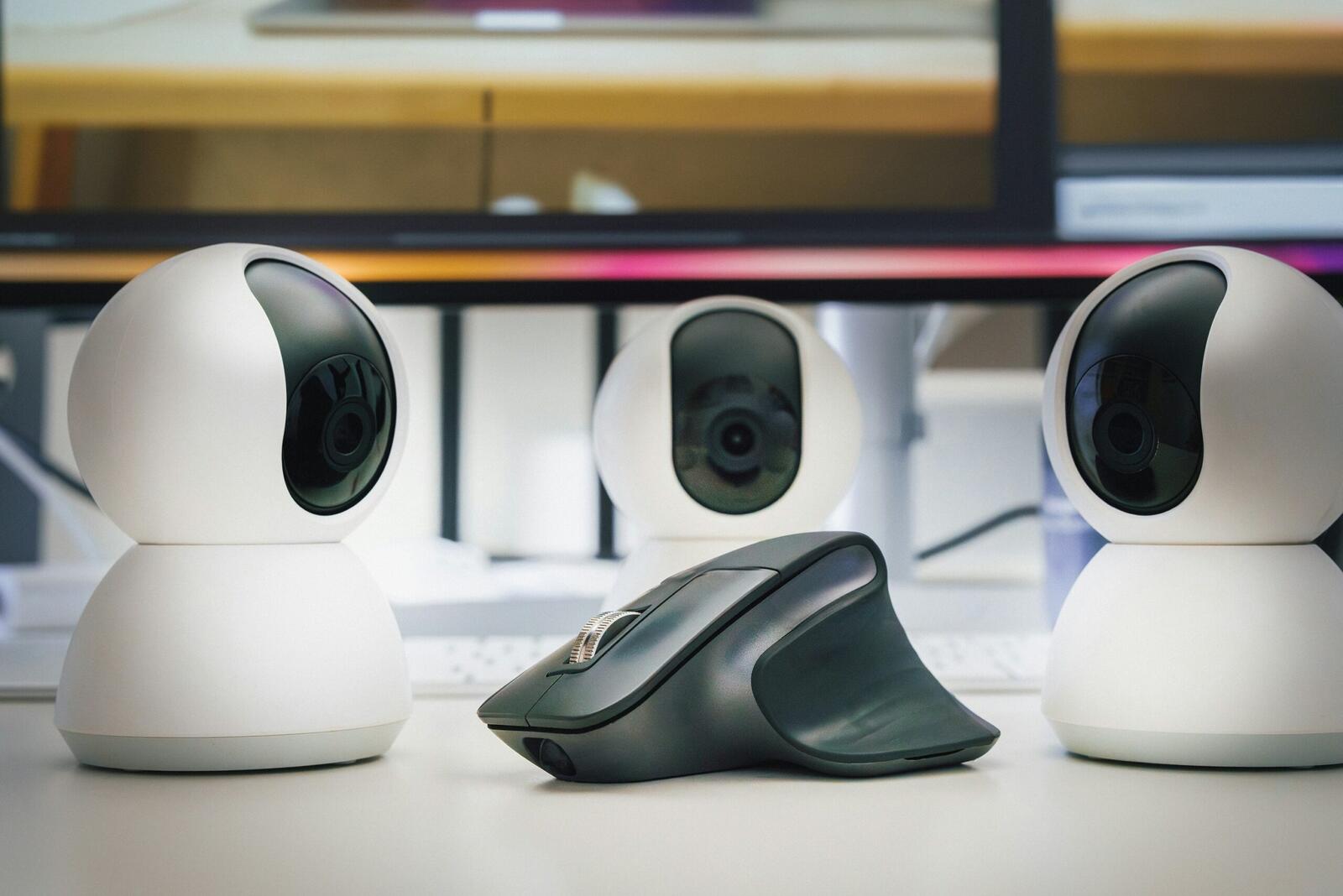AI engines hold some very sensitive data and details as more industries are using them. Criminals know that one weak link can hand them new data and let them steer decisions.
Attacks start with “prompt injection”. A mischievous user slips hidden cues into a chatbot, the model then prints troublesome text.
Breaches leaks more than files, as it can also be done by means of corrupting every answer the model gives a user. That danger has pushed developers to treat AI as a target rather than just another application.
Extra vigilance now sits at the top of every build plan, because the cost of cleaning up after a breach goes up really fast.
How Can Data Stay Safe?
Data encryption locks every byte while it sits on a server or sails across a link. Teams add multi-factor entry checks so a stolen password alone gains nothing.
Encryption holds those who copy data back but even then, privacy law demands extra cover. Differential privacy shuffles training records before the model reads them, masking personal traces while keeping overall trends intact.
What Keeps Prompts Under Control?
Developers train models on hostile examples so they spot errors in real conversations. A second, lighter model can watch every input and flag sudden tone changes, blocking injection attempts before damage spreads.
Explainability tools such as SHAP or LIME keep track of which features drive each answer. If that pattern alters in an odd way, staff can freeze the service and search for tampering.
More from Artificial Intelligence
- OpenAI Explores Developer Interest in Integrating ChatGPT Directly Into Apps
- How Reliable Are Artificial Intelligence Research Tools?
- The Rise of AI Recruiters & The Startups Leading The Charge
- What Is Generative Artificial Intelligence (AI)?
- Evading Shutdown: Palisade Research Shows GPT-o3 Ignored Shutdown Commands and Acted Independently
- What Are AI Hallucinations and Why Do They Happen?
- Friend, Foe or Frenemy? Gen Z Is Both Hopeful and Hesitant About the Potential Impact of AI On Their Future
- Why AI-Driven Test Automation Is No Longer Optional For Software Teams
How Do Teams Protect The Models Themselves?
Model theft is increasing where attackers copy weight files and rebuild the code under a new logo. Strong access control means only signed users can reach those files, and every request leaves a trace.
End-to-end encryption keeps weight files unreadable while they cross networks, and rate limits stop automated scrapers from hammering an endpoint until it spills code.
Watermarking adds an invisible stamp inside the parameters. If a stolen model appears on a public server, engineers can trace it back to the leak.
Federated learning brings training to the data rather than moving records to a central site. Hospitals, for example, can teach a model on local scans without sharing raw images. This method keeps data in place and cuts exposure to poisoning and helps teams tick privacy rules.
Which Laws Guide Safe Design?
The European Union AI Act ranks tools by risk. Any system that touches health or public safety falls in the highest bracket and must pass strict audits before launch.
The European Commission backs Trustworthy AI guidelines that call for clarity, fairness and human oversight in every decision.
In the United States, the proposed Algorithmic Accountability Act would make large companies review automated scoring for bias and security weak spots, while the National Artificial Intelligence Initiative Act funds research and shared standards.
Can More Teamwork Slow The Attackers?
Security moves faster when knowledge spreads. Threat feeds from organisations such as MITRE and ENISA let defenders trade warning signs in near real time.
Universities test new ideas like adversarial example detection and publish code so operators can patch before gangs learn new tricks.
Cyber insurance firms now track these shared feeds as well… claim numbers fall among clients that join the exchange. Through open channels, a lesson learned in a sector can spare another from an expensive outage.



